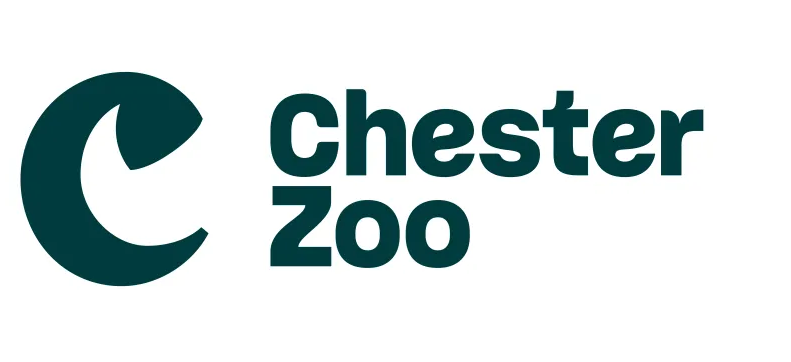Saving the mountain bongo (Tragelaphus eurycerus isaaci): Assessment of the genetic status of captive bongos as a source for genetic reinforcement of wild populations.
DOI:
https://doi.org/10.19227/jzar.v5i3.247Abstract
The genetic diversity of mountain bongos from the European Endangered Species Programme (EEP) was assessed in this study. There are less than 140 wild individuals of this rareand critically endangered African antelope, which has eroded genetic diversity, with only two haplotypes detected with mitochondrial DNA markers in wild populations. Genetic diversity of ten captive individuals was measured by sequencing a portion of the mitochondrial DNA control region and the resulting sequences were compared to published data from this subspecies and used to establish levels of haplotype-sharing between wild and captive populations. Our data show that captive, mountain bongo populations harbour a rare haplotype found in less than 5% of individuals in some wild populations and absent in others. The findings suggest that captive individuals harbour valuable genetic diversity, making them potentially valuable candidates for a reintroduction programme to help reinforce the gene pools of wild populations. We further propose a two-way approach that also involves introducing wild individuals into captive populations, with the goal of maintaining the genetic health of both in-situ and ex-situ populations.
Downloads
Published
How to Cite
Issue
Section
License
JZAR fulfils the DOAJ definition of open access and provides free and open access to the full text of all content without delay under a Creative Commons licence. The copyright holder of JZAR publications grants usage rights to third parties, allowing for immediate free access to the work and permitting any user to read, download, copy, distribute, print, search, or link to the full texts of articles.







